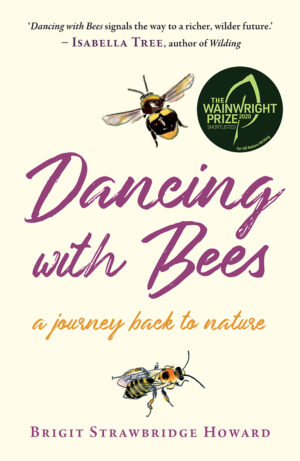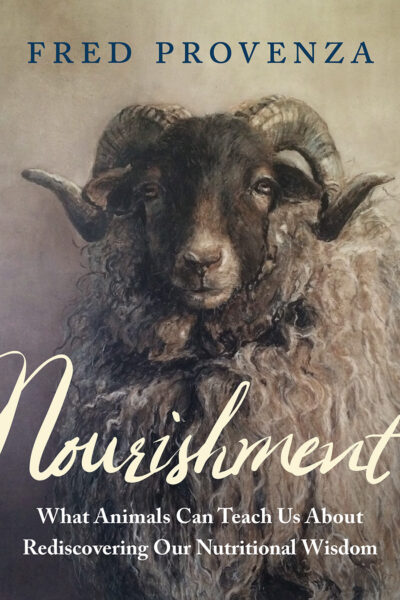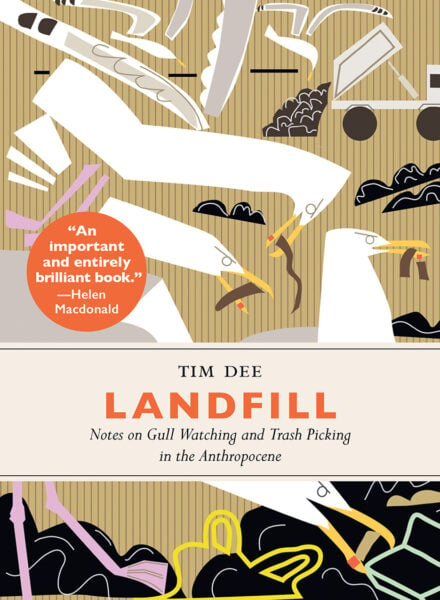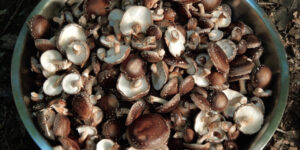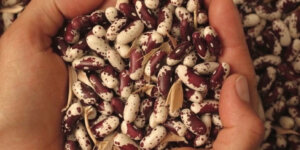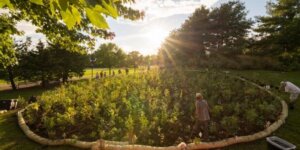A Nest of One’s Own
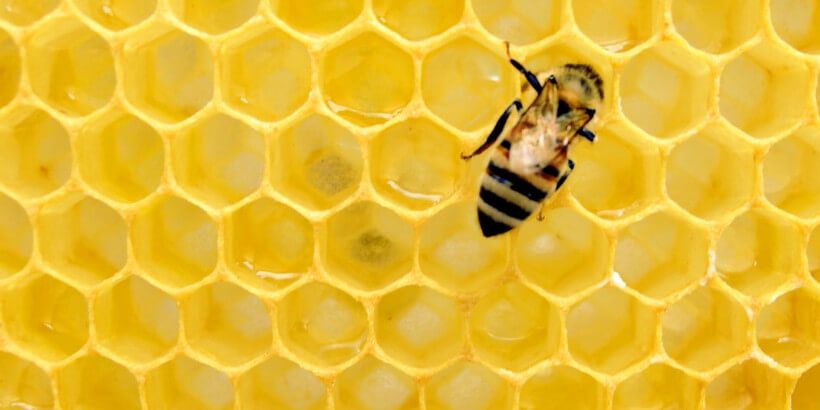
Bees are commonly thought to live together by the thousands. Many people picture a buzzing hive filled with bees, all working together to take care of the young, collect pollen, and promote the overall health of the colony. However, there are thousands of species of bees that aren’t part of a colony. These solitary bees gather in groups, live side-by-side, and fulfill a colony’s work without the concrete bonds.
The following is an excerpt from Dancing With Bees by Brigit Strawbridge Howard. It has been adapted for the web.
Prefer audio?
Listen to the following excerpt from the audiobook of Dancing with Bees.
You never know when you embark on a journey where it might lead you, and who, or what, you might meet on the way. Had I not taken an interest in the headlines about honeybees and colony collapse disorder back in 2006, I might never have discovered solitary bees. Considering that the vast majority of the world’s twenty thousand bee species are solitary, it is incredible that so many of us are unaware of their existence. Yet the more I have learned about this diverse group of insects, the more fascinated I have become with their world. I am late to the party, but making up for lost time now I’m here.
The term ‘solitary bee’ is a bit of a catch-all. 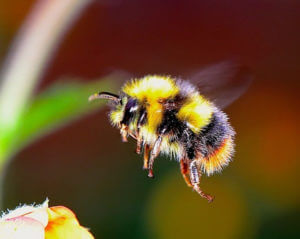
It is frequently used to refer to the thousands of bee species that are not honeybees, bumblebees, or stingless bees, though many of the bees that get lumped into this bracket are not solitary at all. In fact, some display varying degrees of sociality. However, understanding the technical aspects of how and why different species are grouped together, and where exactly they fall in the sliding scale of ‘sociality’, is a little like trying to understand English grammar; there are rules, but almost all the rules have exceptions.
True solitary bees are just that: solitary. They do not have a caste system, nor do they share responsibility for each other’s young. Indeed, there is no overlap of generations; the parents die before their brood hatch.
Bees are believed to have evolved from early solitary hunting wasps, and so it is perhaps then not surprising that so many bee species are considered to be solitary. One of the fundamental differences between bees and wasps is that bees feed their larvae a vegetarian diet of pollen and nectar, whereas almost all wasps feed theirs a diet of prey (sometimes live, sometimes dead).
The wasp ancestors of bees were no exception to this rule. It is thought that at some stage, a wasp, probably from the Sphecidae family, inadvertently provisioned its nest with pollen, perhaps by bringing back prey caught inside flowering plants. As pollen contains protein, some larvae would have been able to develop solely on the pollen – and got a taste for it. Of course, wasps and bees don’t ‘think’ about food as we do, but if they did, I can imagine some of those primitive solitary wasps thinking, Wow, the grubs seem to be doing well on this yellow stuff, and it sure is easier than collecting food that fights back. Maybe it’s time to switch to a vegetarian diet. And so the first solitary bees evolved.
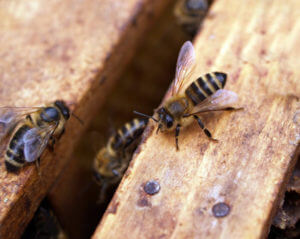 Whilst some solitary species make their individual nests alongside others of their kind and thus may appear to all intents and purposes to be living together in communities, they are not. These are not social or eusocial ‘colonies’ but nesting ‘aggregations’ of solitary bees, which can vary in size from just a few dozen up to hundreds of thousands of individual nests. Such aggregations can extend across areas of thousands of square metres, and if conditions are right, and food plentiful, may persist for decades. Aggregations like this are known as bee cities.
Whilst some solitary species make their individual nests alongside others of their kind and thus may appear to all intents and purposes to be living together in communities, they are not. These are not social or eusocial ‘colonies’ but nesting ‘aggregations’ of solitary bees, which can vary in size from just a few dozen up to hundreds of thousands of individual nests. Such aggregations can extend across areas of thousands of square metres, and if conditions are right, and food plentiful, may persist for decades. Aggregations like this are known as bee cities.
The first time I came across a nesting aggregation of solitary bees was when I lived in West Malvern, though I did not immediately recognise it for what it was. I had been for a long walk in the woods, and was resting on a bench beside the children’s play park just above the valley where the wild honeybees live. The bench was cold. It was one of those old metal benches that wraps round a tree trunk, and as I sat there, I pondered what might happen when the trunk grew sufficiently in girth that it met the bench.
Would the bench give way? I doubted it. I had seen many metal structures and barbed wires embedded in tree trunks before, and the trees seemed to survive, but I was not sure this tree would cope with being strangled by a metal bench. Hopefully, I thought, someone would notice the coming collision and remove the bench, so that it didn’t ever cut into the tree.
I looked down to see if the bench had been fixed to the ground, and that’s when I saw the bees. I noticed only one or two to start. Then I realised there were dozens. Some were very small, and buzzing around the ground too quickly for me to get a fix on them; others were slightly larger, crawling in and out of tiny individual holes, each about three millimetres in diameter, in the ground. Most of the holes were drilled into the bare soil around the bench, which had been compacted by years of people walking around the tree in order to take a rest on the bench. Some were circled by piles of freshly excavated soil, like miniature molehills.
I became aware that one of the larger bees seemed to be searching for something, its burrow perhaps? It kept flying up, circling a bit in the air, then back down again to the ground, where it pushed its way underneath dried leaves and little twigs, digging a bit here and a bit there, before starting the whole process over again.
I was riveted by it.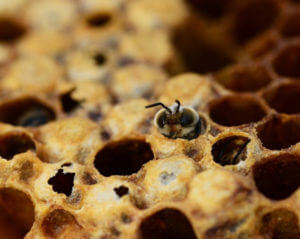
It took me a while to realise that my foot might be in the bee’s way. As soon as this occurred to me, I stood up and picked my way (very carefully, so I didn’t tread on any of the bees) back to the longer grass.
I was correct. My foot had been obscuring what was presumably the entrance to the bee’s burrow. Worst still, I had squashed the earth with my feet so the poor creature was now having difficulty finding the entrance. Once it succeeded, it crawled quickly down into the earth and was gone. Most of the bees were flying far too quickly in and out of their burrows for me to get a proper look at them, but one of them stopped for a moment or two on a dry leaf before going into its burrow, so I managed to get a better look.
‘It’ was clearly a female: She was carrying bright yellow pollen on her back legs, and only female bees carry pollen. But the pollen wasn’t at all like the smooth, tightly packed balls of pollen I had seen honeybees and bumblebees carrying on their back legs. This was more crumbly. And it was caked over a larger area of the bee’s legs. Interesting.
Recommended Reads
Recent Articles
Peregrine falcons, while known as predators, are essential to our environment. These stunning birds have a rich history, an interesting present, and an uncertain future. The following is an excerpt from Feather Trails by Sophie A. H. Osborn. It has been adapted for the web. Who Are Peregrine Falcons? Though relatively uncommon wherever it occurs,…
Read MoreWondering where to forage for greens this spring? Look no further than hedges, which serve as natural havens for wild greens and herbs! The following is an excerpt from Hedgelands by Christopher Hart. It has been adapted for the web. Food from Hedges: Salads and Greens Let’s start by looking at all the wild foods…
Read MoreInterested in becoming a mushroom farmer? Shiitake mushrooms are one of the easiest and most profitable places to start. The following is an excerpt from Farming the Woods by Steve Gabriel and Ken Mudge. It has been adapted for the web. (Photographs courtesy of Steve Gabriel and Ken Mudge unless otherwise noted.) The Stunning Shiitake…
Read MoreHow do you know if you’re picking the right seeds? Here are some easy tips on choosing the best seed crop for your environment. The following is an excerpt from The Organic Seed Grower by John Navazio. It has been adapted for the web. Seed Crop Characteristics There are a number of prominent characteristics of…
Read MoreWant to witness the magic of the mini-forest? When you practice The Miyawaki Method, a unique approach to reforestation, you’ll see an empty lot or backyard transform into a biodiverse forest before your very eyes. The following is an excerpt from Mini-Forest Revolution by Hannah Lewis. It has been adapted for the web. Photo Credit:…
Read More

